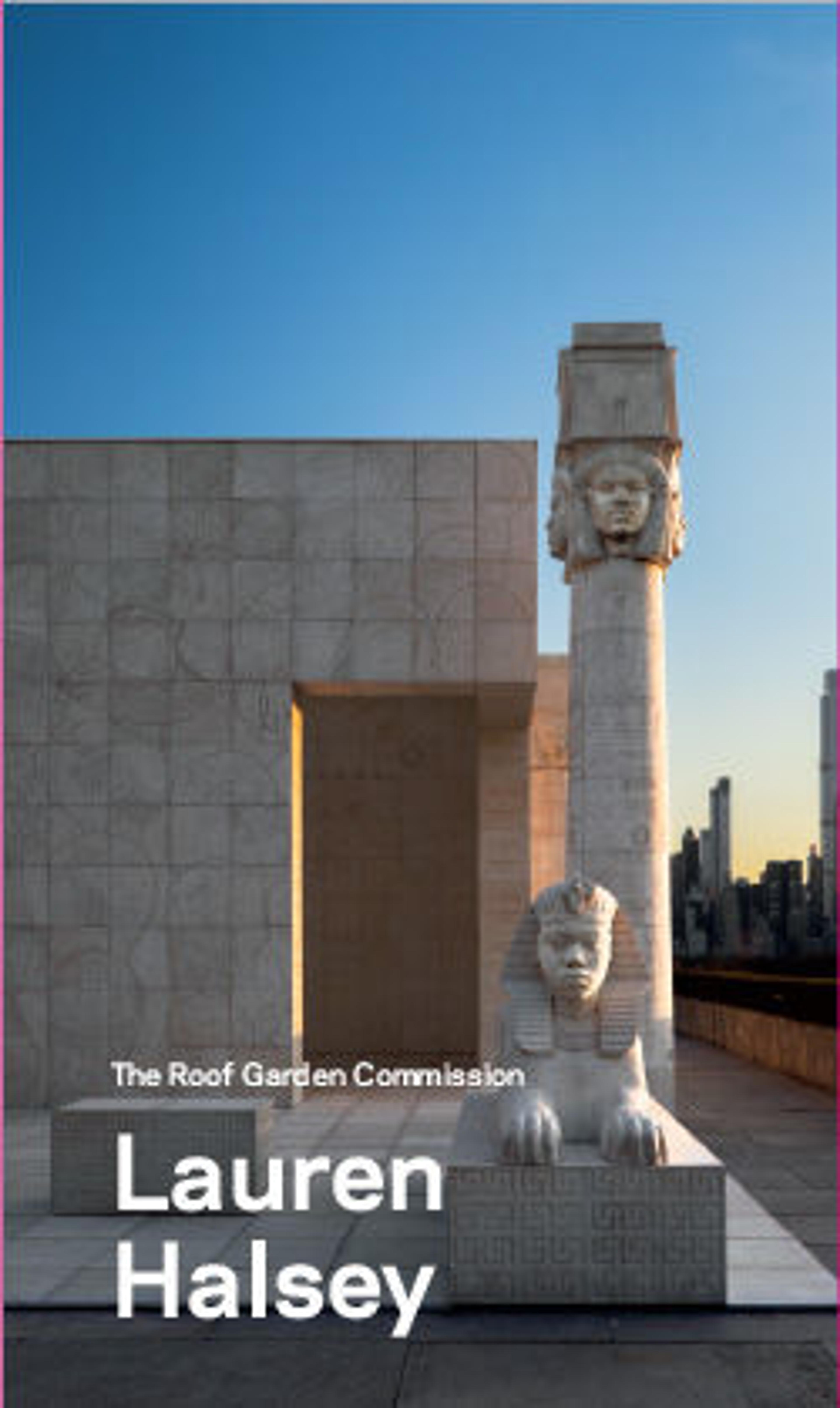Incised furniture plaque with a frieze of lotus blossoms and buds
This narrow, rectangular plaque is incised with a frieze of alternating lotus blossoms and buds, joined by stems. It was found in a large storeroom at Fort Shalmaneser, a royal building at Nimrud that was used to store booty and tribute collected by the Assyrians while on military campaign. Traces of light yellow paint are preserved on the buds and blossoms. The reverse of this piece has been roughened, probably to help secure the adhesive used to glue it to a frame. The frame was then probably inlaid as decoration into a piece of wooden furniture. This stylized floral frieze is similar to motifs on the large reliefs that lined the walls of the Assyrian palaces. Lotus flower and bud borders were depicted in the form of embroidery on the robes worn by the figures in the palace reliefs, and as carpet fringes, as on this stone threshold pavement slab carved to resemble a carpet, also in the Metropolitan Museum’s collection (MMA X.153). Because they share motifs and images with Assyrian palace reliefs, ivories with incised decoration like this one have been attributed to an Assyrian style.
Built by the Assyrian king Ashurnasirpal II, the palaces and storerooms of Nimrud housed thousands of pieces of carved ivory. Most of the ivories served as furniture inlays or small precious objects such as boxes. While some of them were carved in the same style as the large Assyrian reliefs lining the walls of the Northwest Palace, the majority of the ivories display images and styles related to the arts of North Syria and the Phoenician city-states. Phoenician style ivories are distinguished by their use of imagery related to Egyptian art, such as sphinxes and figures wearing pharaonic crowns, and the use of elaborate carving techniques such as openwork and colored glass inlay. North Syrian style ivories tend to depict stockier figures in more dynamic compositions, carved as solid plaques with fewer added decorative elements. However, some pieces do not fit easily into any of these three styles. Most of the ivories were probably collected by the Assyrian kings as tribute from vassal states, and as booty from conquered enemies, while some may have been manufactured in workshops at Nimrud. The ivory tusks that provided the raw material for these objects were almost certainly from African elephants, imported from lands south of Egypt, although elephants did inhabit several river valleys in Syria until they were hunted to extinction by the end of the eighth century B.C.
Built by the Assyrian king Ashurnasirpal II, the palaces and storerooms of Nimrud housed thousands of pieces of carved ivory. Most of the ivories served as furniture inlays or small precious objects such as boxes. While some of them were carved in the same style as the large Assyrian reliefs lining the walls of the Northwest Palace, the majority of the ivories display images and styles related to the arts of North Syria and the Phoenician city-states. Phoenician style ivories are distinguished by their use of imagery related to Egyptian art, such as sphinxes and figures wearing pharaonic crowns, and the use of elaborate carving techniques such as openwork and colored glass inlay. North Syrian style ivories tend to depict stockier figures in more dynamic compositions, carved as solid plaques with fewer added decorative elements. However, some pieces do not fit easily into any of these three styles. Most of the ivories were probably collected by the Assyrian kings as tribute from vassal states, and as booty from conquered enemies, while some may have been manufactured in workshops at Nimrud. The ivory tusks that provided the raw material for these objects were almost certainly from African elephants, imported from lands south of Egypt, although elephants did inhabit several river valleys in Syria until they were hunted to extinction by the end of the eighth century B.C.
Artwork Details
- Title:Incised furniture plaque with a frieze of lotus blossoms and buds
- Period:Neo-Assyrian
- Date:ca. 9th–8th century BCE
- Geography:Mesopotamia, Nimrud (ancient Kalhu)
- Culture:Assyrian
- Medium:Ivory, paint traces
- Dimensions:1.26 x 6.73 x 0.16 in. (3.2 x 17.09 x 0.41 cm)
- Credit Line:Harris Brisbane Dick Fund, 1967
- Object Number:67.22.8
- Curatorial Department: Ancient West Asian Art
More Artwork
Research Resources
The Met provides unparalleled resources for research and welcomes an international community of students and scholars. The Met's Open Access API is where creators and researchers can connect to the The Met collection. Open Access data and public domain images are available for unrestricted commercial and noncommercial use without permission or fee.
To request images under copyright and other restrictions, please use this Image Request form.
Feedback
We continue to research and examine historical and cultural context for objects in The Met collection. If you have comments or questions about this object record, please contact us using the form below. The Museum looks forward to receiving your comments.
